Home>Furniture & Design>Living Room Furniture>How A Recliner Works
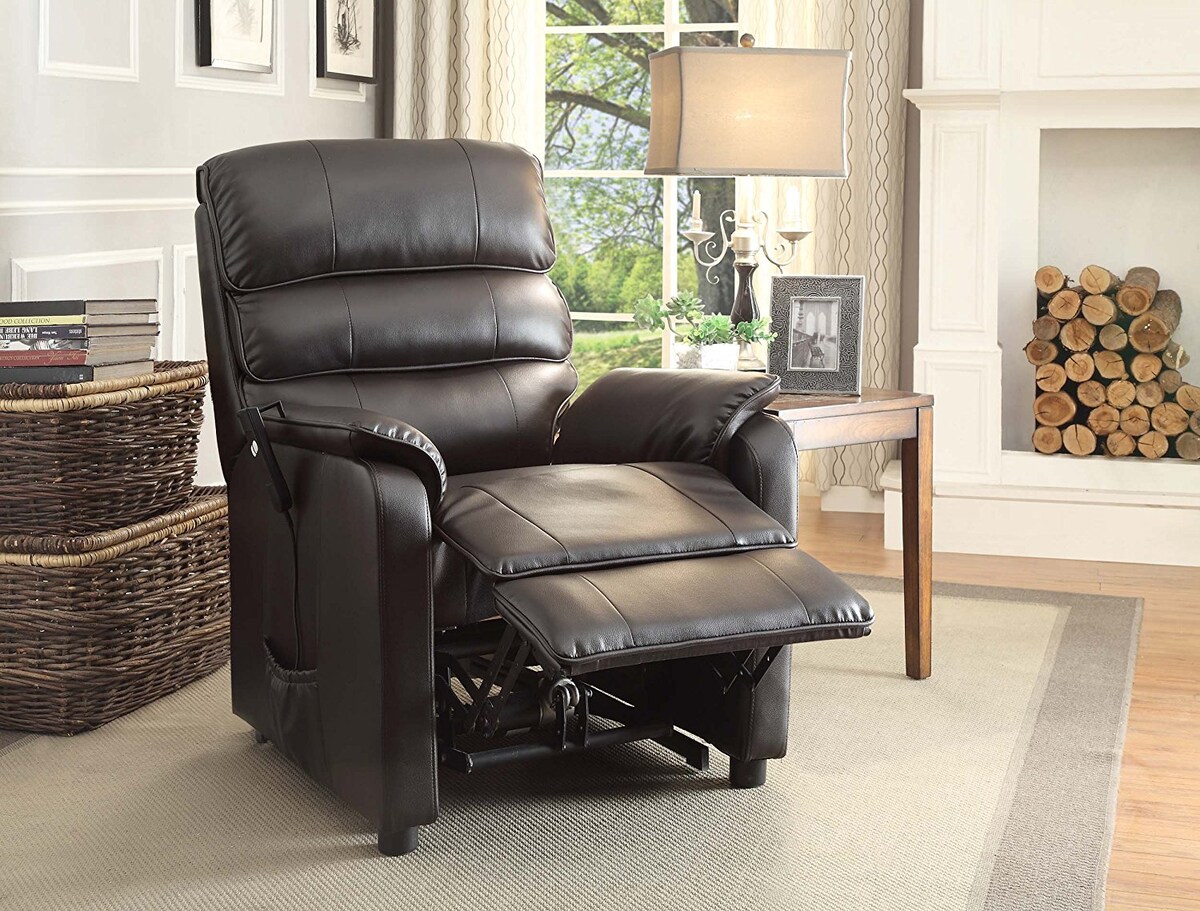

Living Room Furniture
How A Recliner Works
Modified: January 9, 2024
Discover how a recliner works and enhances your living room furniture design. Explore the functionality and comfort of this essential piece from our collection.
(Many of the links in this article redirect to a specific reviewed product. Your purchase of these products through affiliate links helps to generate commission for Storables.com, at no extra cost. Learn more)
Introduction
When it comes to creating a cozy and inviting living room, one essential piece of furniture that instantly comes to mind is the recliner. Whether you want to relax after a long day or simply enjoy a good book or movie, a recliner provides unparalleled comfort and support. But have you ever wondered how this marvel of design actually works?
In this article, we will take a closer look at the anatomy and mechanics of a recliner, exploring the various components that make it such a versatile and indispensable piece of furniture. So, let’s dive in and unravel the secrets of how a recliner works!
Key Takeaways:
- Recliners are complex systems of mechanical components, including the frame, cushioning, upholstery, and the crucial lever and footrest mechanisms, all working together to provide unparalleled comfort and relaxation in your living room.
- Power recliners bring advanced technology and convenience to your living room, offering motorized adjustments, programmable memory settings, and even massage and heating functions. Embrace the luxury of effortless comfort and relaxation with these technologically advanced pieces of furniture.
Read more: How Recliner Mechanism Works
Anatomy of a Recliner
A recliner may seem like a simple piece of furniture, but it is actually a complex system of mechanical components that work together to provide you with ultimate comfort and flexibility. Let’s break down the anatomy of a recliner:
- Frame: The frame is the foundation of the recliner, typically made of durable materials like wood or metal. It provides the structural support and stability for the entire recliner.
- Cushioning: The cushioning, including the seat, backrest, and armrests, is responsible for providing a soft and comfortable surface to sit on. High-quality foam or feathers are commonly used for optimal comfort.
- Upholstery: The upholstery is the fabric or material covering that gives the recliner its aesthetic appeal. It can range from leather to fabric to microfiber, offering different textures and colors to suit individual preferences.
- Reclining Mechanism: The most crucial part of a recliner is its reclining mechanism. This mechanism allows you to adjust the backrest and footrest to find the perfect position for relaxation. It operates through a series of levers, springs, and gears that work seamlessly together.
- Lever Mechanism: The lever mechanism is the control mechanism that enables you to recline the backrest. By pulling the lever located on the side of the recliner, the backrest tilts backward, allowing you to recline and find a comfortable angle.
- Lever Release Mechanism: The lever release mechanism, often located under the seat, allows you to return the recliner to an upright position. By pulling the lever and releasing it, the backrest locks into place, ensuring stability and support.
- Footrest Mechanism: The footrest mechanism is responsible for extending and retracting the footrest, allowing you to elevate your feet for maximum comfort. It is typically operated by a lever or button, and some recliners even have an adjustable footrest to accommodate different leg lengths.
By understanding the anatomy of a recliner, you can have a better appreciation for the engineering marvel that goes into its design. Now that we’ve examined the various components, let’s take a closer look at how these mechanical parts work together to create the perfect reclining experience.
Mechanical Components
To fully understand how a recliner works, it’s essential to delve into the mechanical components that come together to create its functionality. These components work in harmony to ensure smooth and effortless reclining. Let’s explore them in detail:
- Frame: The frame is the backbone of the recliner and provides stability and support. It is typically made from strong materials such as hardwood or metal, ensuring durability and longevity.
- Springs: Recliners often incorporate various types of springs, such as coil springs or sinuous springs, to enhance comfort and flexibility. These springs are strategically placed within the seat and backrest areas to provide cushioning and minimize stress on the body.
- Mechanical Levers: The mechanical levers are the primary control mechanism for changing the position of the recliner. These levers can be found on the side of the recliner and are intuitively designed for easy operation. By pulling or pushing the lever, the reclining mechanism is activated.
- Gears and Notches: Gears and notches are vital components that enable the smooth and controlled movement of the recliner. When the lever is pulled, the gears engage, allowing the recliner to transform from an upright position to a reclined position. The notches ensure that the recliner locks into place securely at desired angles.
- Backrest: The backrest of a recliner is attached to a hinge mechanism, allowing it to pivot backward smoothly. Depending on the recliner model, the backrest may recline partially or fully, providing various levels of comfort and relaxation.
- Footrest: The footrest is another essential component of a recliner. When the lever is activated, the footrest extends outward, allowing you to elevate your legs and find a comfortable position. The footrest mechanism ensures smooth and controlled movement for seamless adjustments.
- Locking Mechanism: To ensure stability and safety, most recliners feature a locking mechanism. When the desired reclining position is reached, the locking mechanism engages, preventing the recliner from accidentally shifting or moving. This ensures that you can enjoy your reclined position without any concerns.
By understanding the mechanical components of a recliner, you can appreciate the craftsmanship and engineering that goes into creating this versatile piece of furniture. The careful integration of these components allows you to effortlessly adjust your recliner to your desired position, providing you with optimal comfort and relaxation.
Lever Mechanism
The lever mechanism is a crucial component of a recliner, enabling you to recline the backrest and find the perfect position for relaxation. By understanding how the lever mechanism works, you can appreciate the simplicity and effectiveness of this control mechanism.
The lever for the reclining mechanism is typically located on the side of the recliner, within easy reach. It is designed to be ergonomically friendly, allowing you to effortlessly adjust the reclining angle with a single motion.
When you pull the lever, it activates the reclining mechanism by disengaging the locking mechanism. As the lever is pulled, it engages a series of gears and mechanisms within the recliner. These gears work together to pivot the backrest backward and elevate the footrest simultaneously.
The lever mechanism is cleverly designed to provide multiple positions for reclining. As you continue pulling the lever, the reclining angle can be adjusted to your desired level of comfort. Once you release the lever, the gears and notches lock into place, securing the recliner in the chosen position.
It’s important to note that the lever mechanism varies in design and complexity depending on the type and style of the recliner. Some recliners have a simple lever system that operates manually, while others may feature a more advanced lever mechanism that is synchronized with power features.
The lever mechanism gives you full control over the reclining motion, allowing you to find the sweet spot for relaxation. Whether you prefer a slight recline for reading or a fully reclined position for a peaceful nap, the lever mechanism ensures that you can customize your reclining experience to suit your preferences.
Additionally, the lever mechanism is designed to be user-friendly and intuitive. It requires minimal effort to engage, making it easy for anyone to operate the recliner effortlessly. This simplicity adds to the overall appeal and convenience of recliners, making them a popular choice for people seeking comfort and relaxation in their living rooms.
The next time you recline in your favorite chair, take a moment to appreciate the lever mechanism and the convenience it provides. It is this simple yet effective design that allows you to transform a regular chair into a comfortable haven for relaxation.
Lever Release Mechanism
The lever release mechanism in a recliner is responsible for returning the recliner to an upright position after you have finished relaxing in a reclined state. This mechanism ensures that the recliner remains stable and secure when not in use.
Typically located under the seat of the recliner, the lever release mechanism is an integral part of the overall reclining system. It works in conjunction with other components to provide a seamless transition from a reclined position to an upright one.
When you are ready to return the recliner to an upright position, simply locate the lever release mechanism, which is often positioned within easy reach. By pulling the lever, you disengage the reclining mechanism and allow the chair to smoothly transition back to its original position.
Upon pulling the lever, the lever release mechanism activates a series of internal mechanisms within the recliner. These mechanisms release the tension in the gears and notches that hold the recliner in the reclined position. As a result, the backrest gradually moves forward, and the footrest retract to their respective original positions.
One key feature of the lever release mechanism is its ability to automatically lock the recliner into an upright position once the desired angle is reached. The locking mechanism ensures stability and prevents accidental reclining when the chair is not in use.
The lever release mechanism is designed to be user-friendly and requires minimal effort to operate. With a simple pull of the lever, you can effortlessly transition from a reclined to an upright position, making it convenient for users of all ages and physical abilities.
It’s important to note that different recliners may have variations in design and placement of the lever release mechanism. Some recliners may have a release lever at the side of the chair, while others may have a button or a pull tab located under the armrest.
Overall, the lever release mechanism is an essential component of a recliner, providing convenience and ease of use. It allows you to enjoy the benefits of reclining while ensuring that you can effortlessly return to an upright position whenever desired.
So, the next time you relax in your recliner, take a moment to appreciate the simplicity and effectiveness of the lever release mechanism that effortlessly transforms your recliner into a comfortable seating option.
When operating a recliner, always make sure to use the lever or button to smoothly transition between sitting and reclining positions to avoid damaging the mechanism.
Read more: How Does A Power Recliner Work
Reclining Mechanism
The reclining mechanism is the heart of a recliner, responsible for allowing you to adjust the backrest and footrest to find the perfect position for relaxation. This mechanism is what sets a recliner apart from a regular chair and offers unmatched comfort and versatility.
The reclining mechanism operates through a combination of gears, springs, and levers that work together seamlessly to provide smooth and controlled movement. Let’s take a closer look at how the reclining mechanism functions:
When you activate the reclining mechanism, typically by pulling a lever or pressing a button, it disengages the locking mechanism and unlocks the backrest. The gears within the reclining mechanism then come into play, gradually tilting the backrest backward as you lean back.
The gears within the reclining mechanism are designed to provide multiple reclining positions. As the gears engage, they allow the recliner to move from an upright position to various angles of recline, depending on your preference. Some recliners offer limited reclining options, while others have a full range of motion, allowing you to find the perfect angle for relaxation.
In addition to the gears, the reclining mechanism also utilizes springs to enhance comfort and support. Springs are strategically placed within the recliner, providing cushioning and absorbing pressure as you recline. These springs help distribute your weight evenly and prevent discomfort or strain on your body.
As the backrest reclines, the footrest is simultaneously activated. The footrest mechanism is connected to the reclining mechanism, allowing it to extend and provide support for your legs and feet. This synchronized movement ensures that your entire body is properly supported and comfortable during reclining.
Once you reach your desired reclining position, the reclining mechanism’s locking mechanism engages, securing the backrest and footrest in place. This locking mechanism prevents any accidental movement or shifting of the recliner, allowing you to relax with peace of mind.
The reclining mechanism in modern recliners has evolved to offer additional features and convenience, such as power reclining. With power recliners, the reclining mechanism is motorized, allowing you to adjust the position with the push of a button. This eliminates the need for manual effort, providing a heightened level of comfort and ease.
Overall, the reclining mechanism is an intricate system of gears, springs, and levers that work together flawlessly to provide you with a customizable reclining experience. It allows you to find the ideal position for relaxation, whether you prefer a slight recline for reading or a fully reclined position for a nap.
So, the next time you sink into your recliner and activate the reclining mechanism, appreciate the engineering and design that goes into creating this incredible feature that brings comfort and relaxation right into your living room.
Footrest Mechanism
The footrest mechanism is a crucial component of a recliner, allowing you to elevate your legs and find optimal comfort during moments of relaxation. By understanding how the footrest mechanism works, you can fully appreciate the flexibility and convenience it adds to your reclining experience.
The footrest mechanism is typically interlinked with the reclining mechanism of the chair. When you activate the reclining function by pulling a lever or pushing a button, the footrest mechanism comes into action simultaneously, providing support and comfort for your legs and feet.
There are different types of footrest mechanisms used in recliners, and they can vary in design and operation. However, the basic principle remains the same – to extend and retract the footrest seamlessly.
One common type of footrest mechanism is the lever-operated system. When you activate the recliner by pulling the lever, it triggers the footrest mechanism to extend outward. This extension elevates your legs and provides a comfortable spot to rest your feet. When you are ready to retract the footrest, simply push it back with your legs or use the lever to bring it back to its original position.
Another popular type of footrest mechanism is the button-controlled system. This mechanism is usually found in power recliners, where a motorized mechanism operates the footrest. With a simple press of a button, the footrest extends or retracts smoothly, allowing for effortless adjustments.
Some recliners feature an adjustable footrest mechanism that allows you to tailor the position according to your preferred leg length. These mechanisms often incorporate additional levers, knobs, or buttons that enable you to adjust the footrest independently from the backrest.
Regardless of the specific mechanism, the footrest of a recliner is designed to provide comfortable support for your legs and feet. It allows you to elevate your lower body while reclining, promoting better blood circulation and reducing strain on your legs.
The footrest mechanism takes into account the ergonomics of leg positioning, ensuring that your feet are properly supported and aligned with your body during reclining. This helps alleviate pressure points and enhances overall comfort, allowing you to fully unwind.
When you are ready to return to an upright position, simply retract the footrest by using the lever, button, or other control mechanism provided. The footrest mechanism smoothly retracts, bringing your legs back down to a natural resting position alongside the rest of the recliner.
Whether you prefer a gentle elevation of the footrest or a fully extended position for complete relaxation, the footrest mechanism of a recliner allows you to find the perfect position to suit your comfort needs.
So, the next time you recline in your favorite chair, take a moment to appreciate the ingenuity behind the footrest mechanism that adds a whole new level of comfort and relaxation to your reclining experience.
Power Recliners
Power recliners have revolutionized the world of furniture, bringing advanced technology and convenience straight into your living room. With power recliners, the reclining and adjustment functions are motorized, providing effortless control and customization at your fingertips.
Power recliners are equipped with an electric motor that drives the reclining mechanism and footrest mechanism. This motor is controlled by a set of buttons or a remote control, allowing you to effortlessly adjust the position of the chair with just a push of a button.
One of the main advantages of power recliners is the ease of use. Unlike traditional manual recliners that require physical effort to adjust the position, power recliners allow you to find your preferred angle and level of recline with minimal exertion.
With the touch of a button, you can smoothly recline the backrest and extend the footrest to your desired position. This level of convenience is especially beneficial for individuals who may have limited mobility or strength, as power recliners eliminate the need for physical effort or dexterity to operate the chair.
Power recliners often come with programmable memory settings. This feature allows you to save your favorite positions, so you can easily return to them with a single press of a button. Whether you have a specific reclining angle or footrest position that you find most comfortable, you can save it for future use.
Power recliners also offer additional features that enhance the overall reclining experience. Some models come with built-in massage and heating functions, allowing you to further relax and soothe your muscles while enjoying the comfort of the chair.
Furthermore, power recliners often have USB ports and charging stations integrated into the design. This convenient feature allows you to charge your devices, such as smartphones or tablets, while you relax in your recliner, ensuring that you stay connected without having to leave the comfort of your seat.
Just like manual recliners, power recliners come in a variety of styles, designs, and upholstery options to suit different preferences and home decor. Whether you prefer a sleek and modern power recliner or a more classic and traditional design, you can find a power recliner that matches your aesthetic and functional needs.
While power recliners may require access to a power outlet for operation, they provide unparalleled convenience and comfort. The motorized mechanism ensures smooth and precise adjustments, allowing you to find the perfect position to relax, unwind, and enjoy moments of pure comfort.
So, the next time you consider investing in a recliner, explore the world of power recliners and discover how these technologically advanced pieces of furniture can transform your living room into a haven of relaxation and convenience.
Maintenance and Care
To keep your living room furniture, including recliners, looking great and functioning properly for years to come, it’s essential to establish a regular maintenance and care routine. By following some simple guidelines, you can keep your recliner in top condition and ensure its longevity.
Here are some essential tips for maintaining and caring for your recliner:
- Clean Regularly: Dust and debris can accumulate on your recliner’s surface over time. To keep it looking fresh, it’s important to dust and vacuum it regularly. Use a soft brush attachment or a microfiber cloth to remove any loose dirt or dust particles.
- Spot Cleaning: In case of spills or stains, it’s crucial to act quickly. Blot the area with a clean cloth or paper towel to absorb the liquid. Avoid rubbing, as this can spread the stain. Use a mild detergent or upholstery cleaner specifically designed for the fabric of your recliner to treat the spot. Always test the cleaner on a small, inconspicuous area of the recliner first to ensure it doesn’t cause any damage.
- Leather Care: If your recliner has a leather upholstery, it requires specific care. Regularly wipe the surface with a soft, damp cloth to remove dirt and oils. Avoid using harsh cleaners or chemicals that can damage the leather. Conditioning the leather periodically with a leather conditioner can help keep it supple and prevent cracking.
- Wood and Metal Care: If your recliner has wooden or metal parts, such as the frame or legs, keep them clean and free from dust. Use a mild cleaner and a soft cloth to wipe down these surfaces. Avoid using abrasive cleaners that can scratch the finish. Additionally, periodically check for any loose screws or bolts and tighten them if necessary.
- Protect from Sunlight: Prolonged exposure to direct sunlight can fade and damage upholstery over time. If possible, position your recliner away from direct sunlight or use curtains or blinds to limit the UV rays. Alternatively, you can use furniture covers or throws to protect the recliner when it’s not in use.
- Follow Manufacturer’s Instructions: Each recliner may have specific care instructions provided by the manufacturer. It’s important to read and follow these instructions carefully for the best maintenance practices. They may include recommendations for specific cleaning products, avoiding certain activities, or guidance on how to handle and operate the recliner correctly.
- Handle with Care: Recliners are designed to be durable, but it’s essential to use them with care. Avoid sitting or putting excessive weight on the footrest or armrests that they’re not designed to withstand. Never force the recliner to move or adjust if it’s not functioning smoothly, as this can cause damage to the mechanism. If you notice any issues or abnormalities with the recliner’s operation, it’s best to contact a professional for repair or assistance.
By incorporating these maintenance and care practices into your routine, you can ensure that your recliner remains in optimal condition for years to come. Regular cleaning and proper care will not only enhance the appearance of the recliner but also contribute to its longevity, allowing you to enjoy its comfort and functionality for a long period of time.
Remember, prevention and proactive care are key to maintaining your recliner’s beauty and performance, so make it a habit to take care of your furniture regularly.
Read more: How Do Recliner Chairs Work
Conclusion
A recliner is more than just a piece of furniture – it’s a sanctuary of comfort and relaxation in your living room. Understanding how a recliner works and its various components can deepen your appreciation for its design and functionality.
From the frame to the upholstery, the lever mechanism to the footrest mechanism, each component plays a crucial role in providing the ultimate reclining experience. The lever mechanism allows you to effortlessly adjust the backrest, while the footrest mechanism elevates your legs for optimal comfort. The reclining mechanism, powered by gears and springs, ensures smooth and controlled movement as you find your desired reclining position.
Maintaining and caring for your recliner is vital to keep it looking great and functioning properly. Regular cleaning, spot treatments, and following manufacturer’s instructions are essential in preserving its longevity. By handle the recliner with care and addressing any issues promptly, you can enjoy its comfort and convenience for years to come.
Power recliners, equipped with advanced motorized mechanisms, bring an extra level of convenience with effortless adjustments at the touch of a button. These technologically advanced recliners offer programmable memory settings, massage functions, and even built-in charging ports for added comfort and convenience.
Whether you choose a manual or power recliner, the joy and relaxation they bring to your living room are unmatched. Comfortably sink into your recliner after a long day, unwind, and find the perfect position for relaxation. It’s your personal oasis where you can read a book, watch your favorite show, or simply take a nap in utter comfort.
So, whether you have a manual or power recliner, take the time to appreciate the craftsmanship and engineering that goes into creating these extraordinary pieces of furniture. Enjoy the luxury of reclining and savor the moments of pure comfort and relaxation that your recliner provides.
Choose a recliner that suits your style and preferences, maintain it properly, and cherish the experience it offers. With a recliner in your living room, you have a front-row seat to comfort and relaxation for years to come.
Frequently Asked Questions about How A Recliner Works
Was this page helpful?
At Storables.com, we guarantee accurate and reliable information. Our content, validated by Expert Board Contributors, is crafted following stringent Editorial Policies. We're committed to providing you with well-researched, expert-backed insights for all your informational needs.
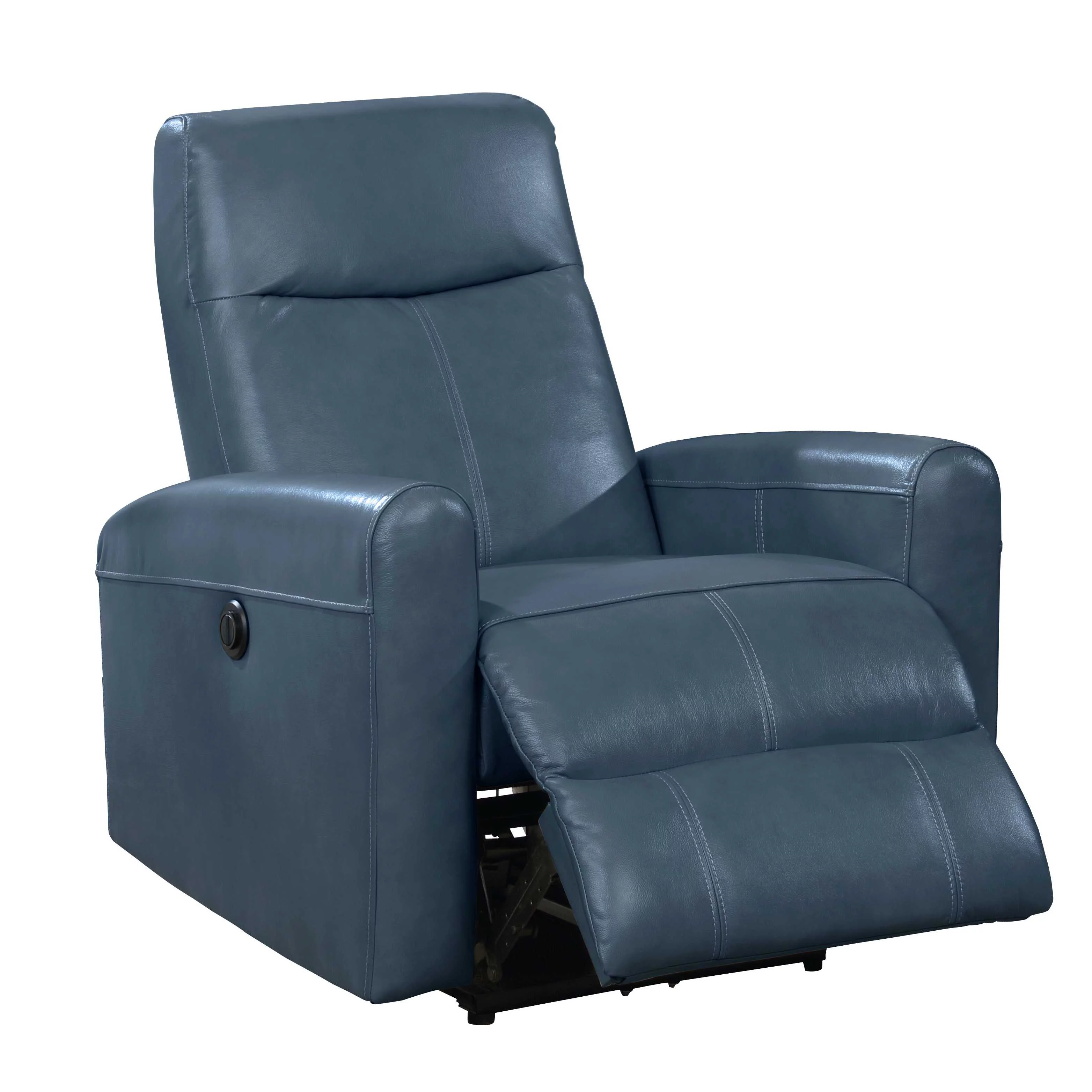
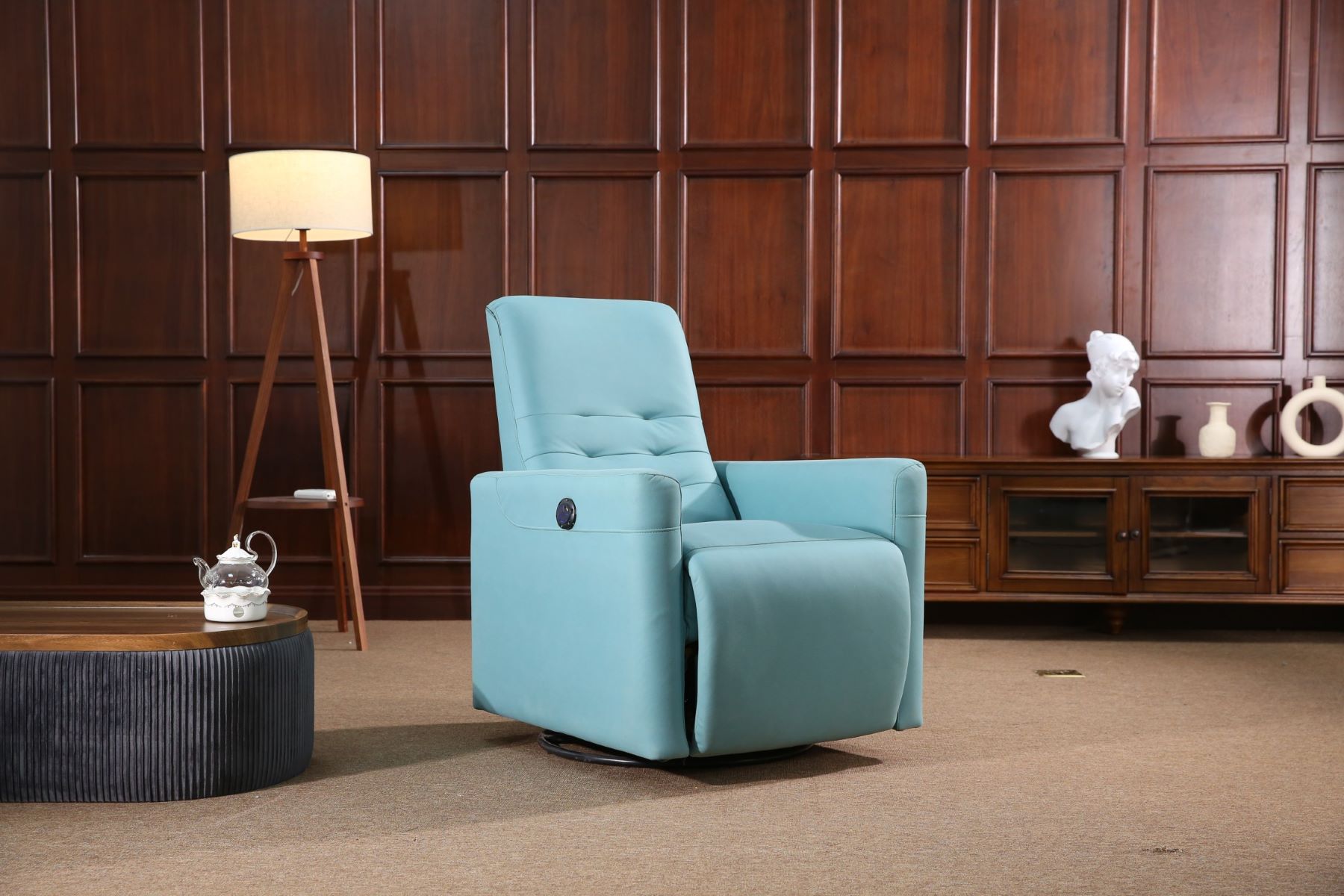
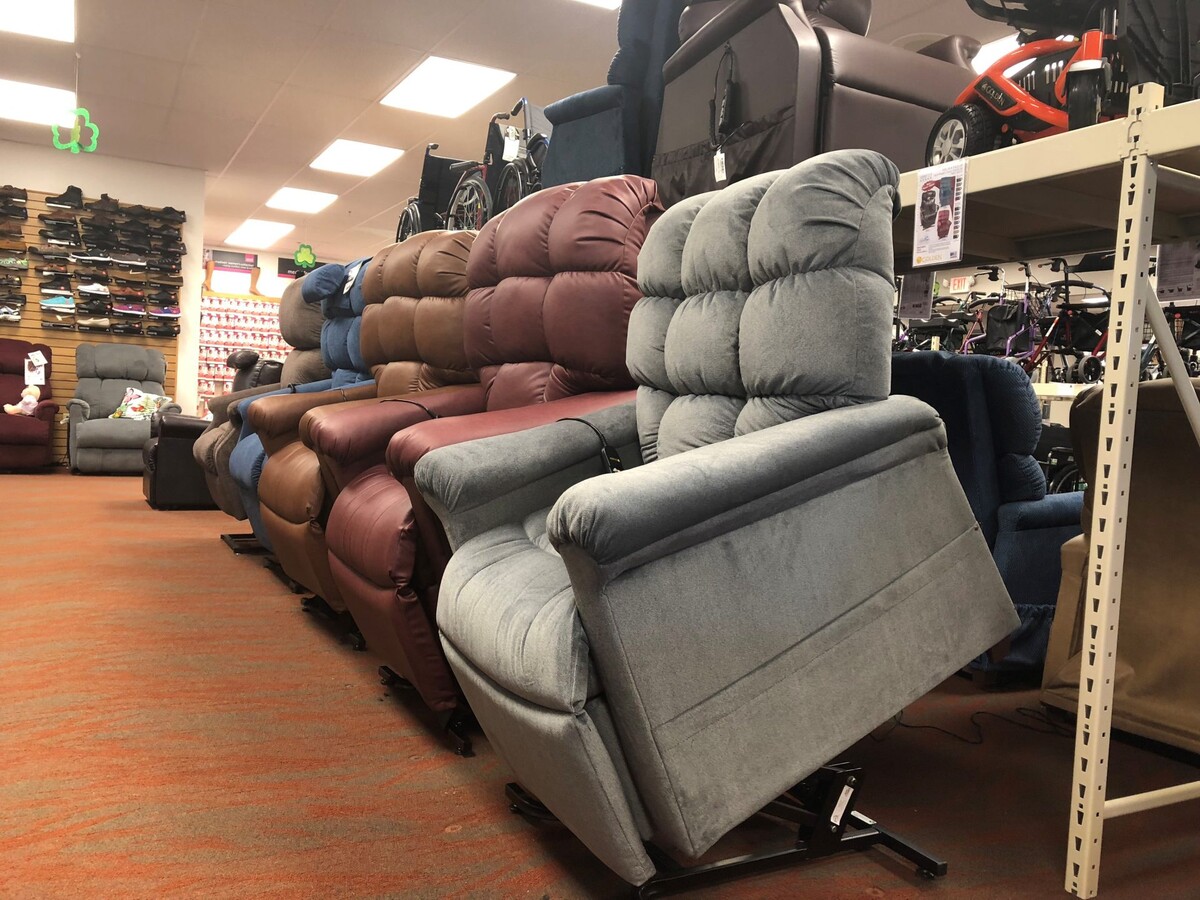
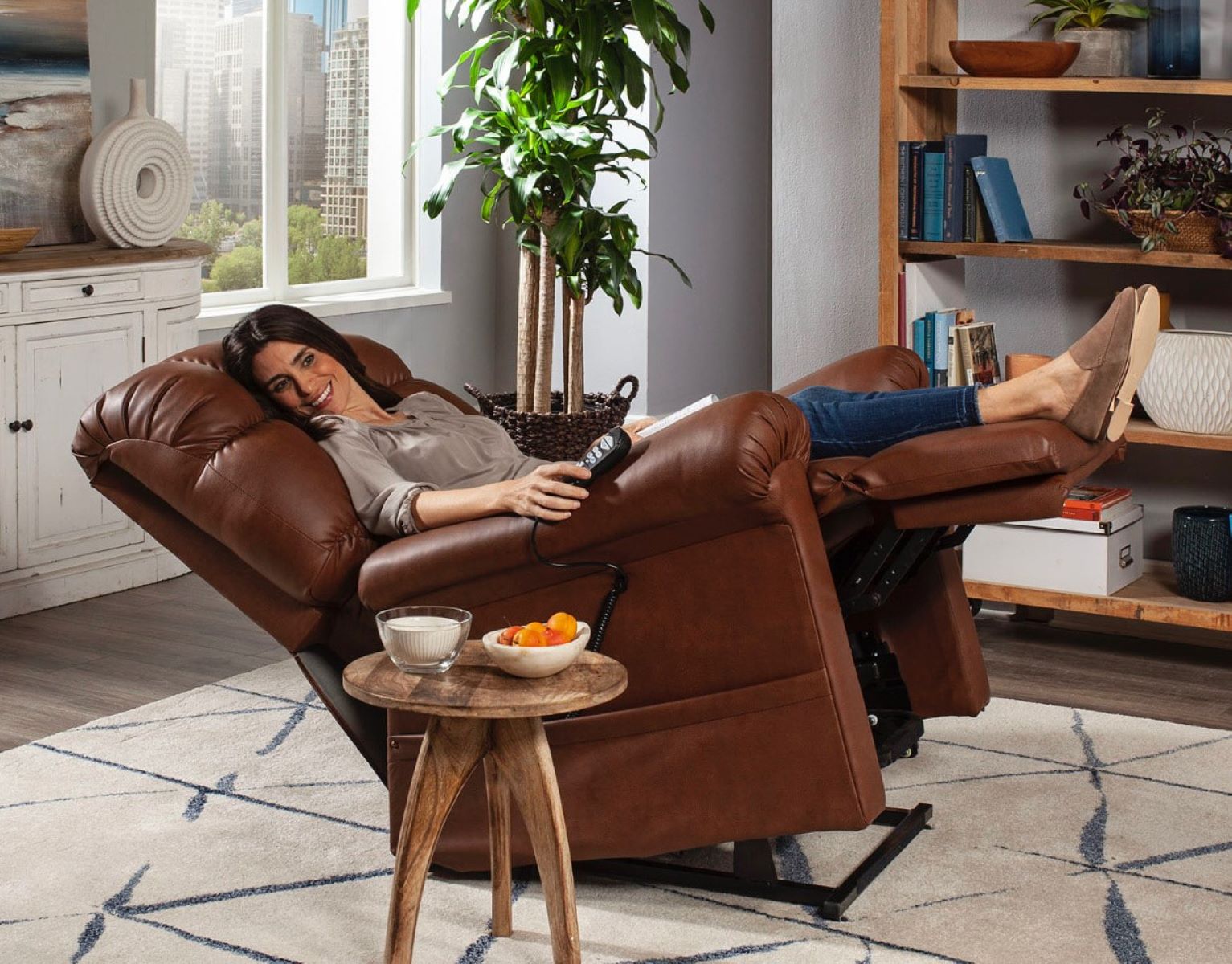
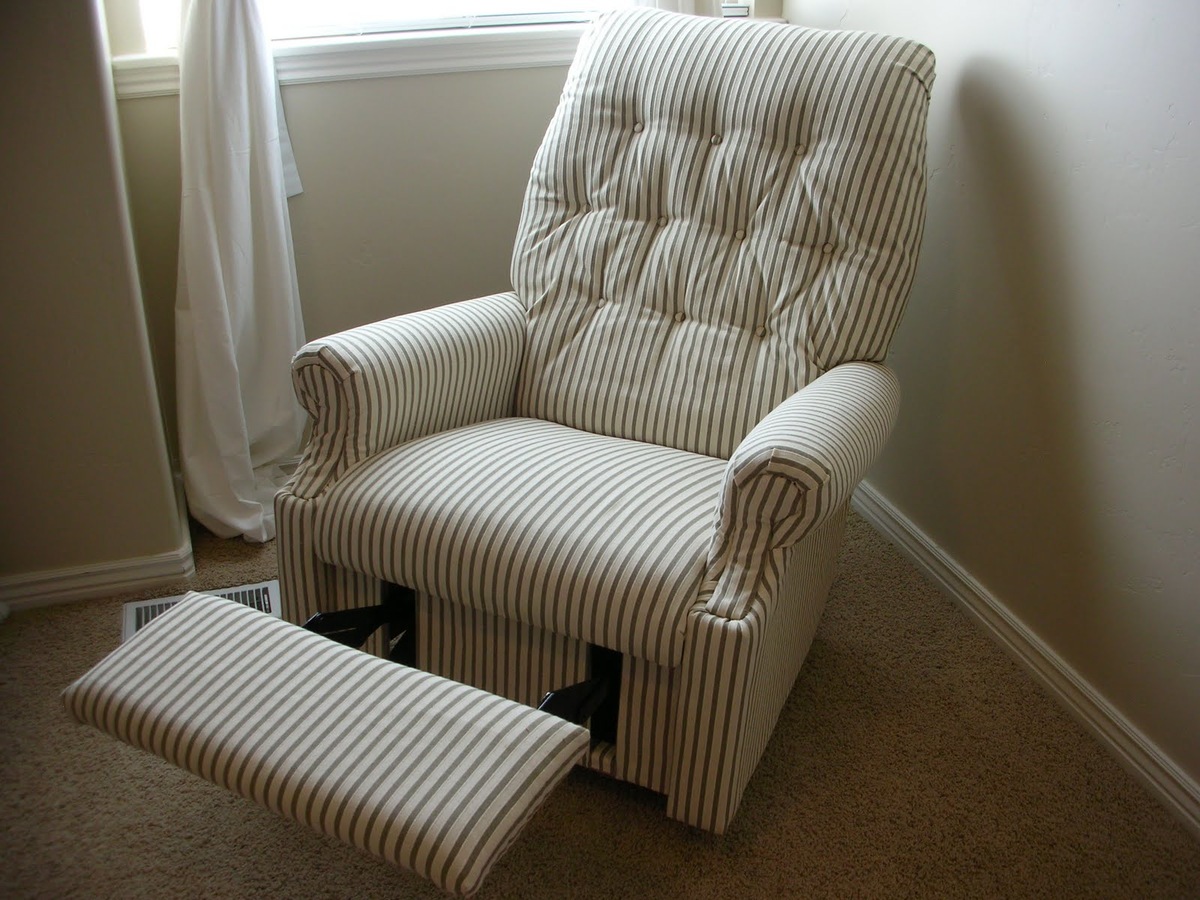
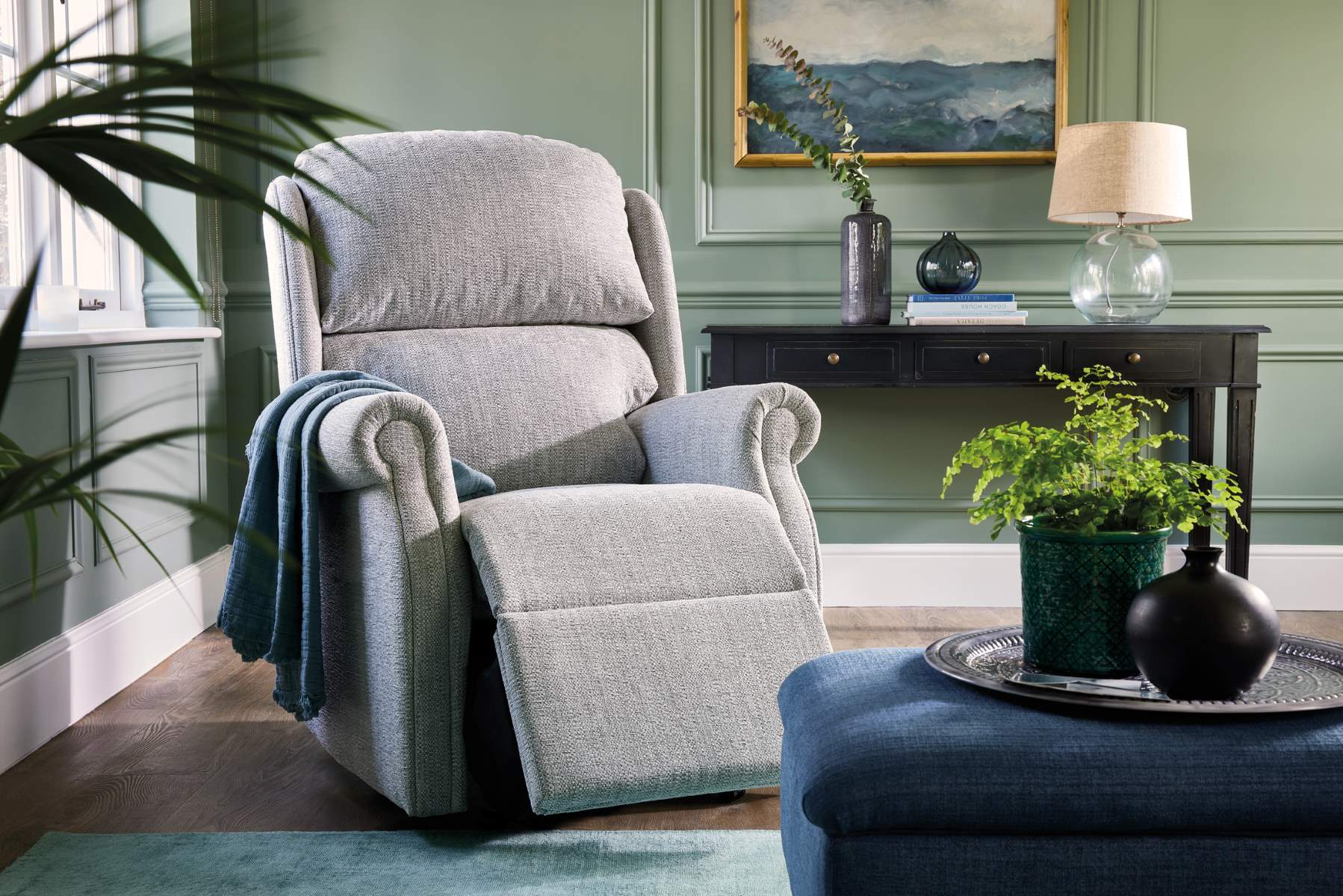
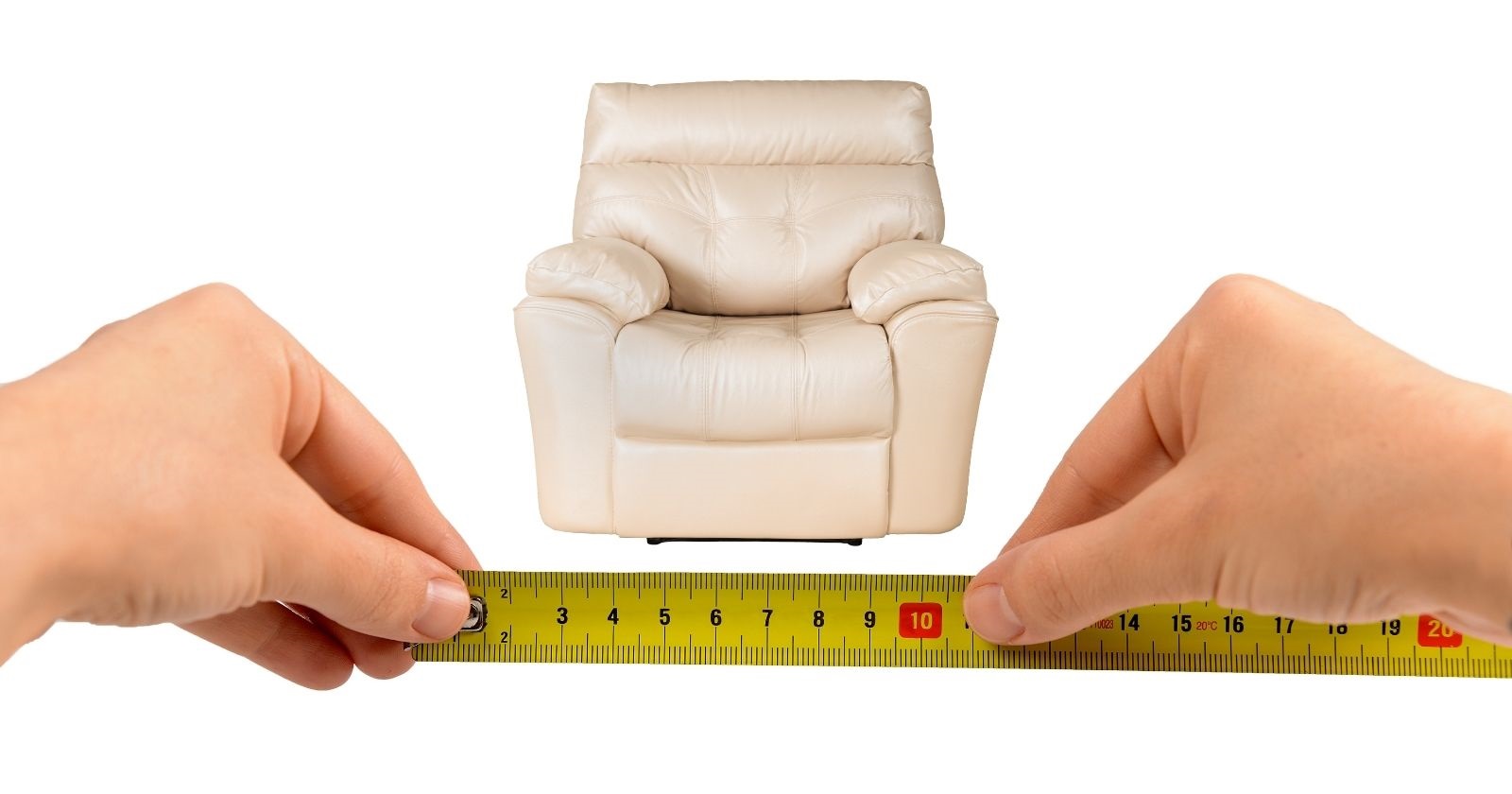
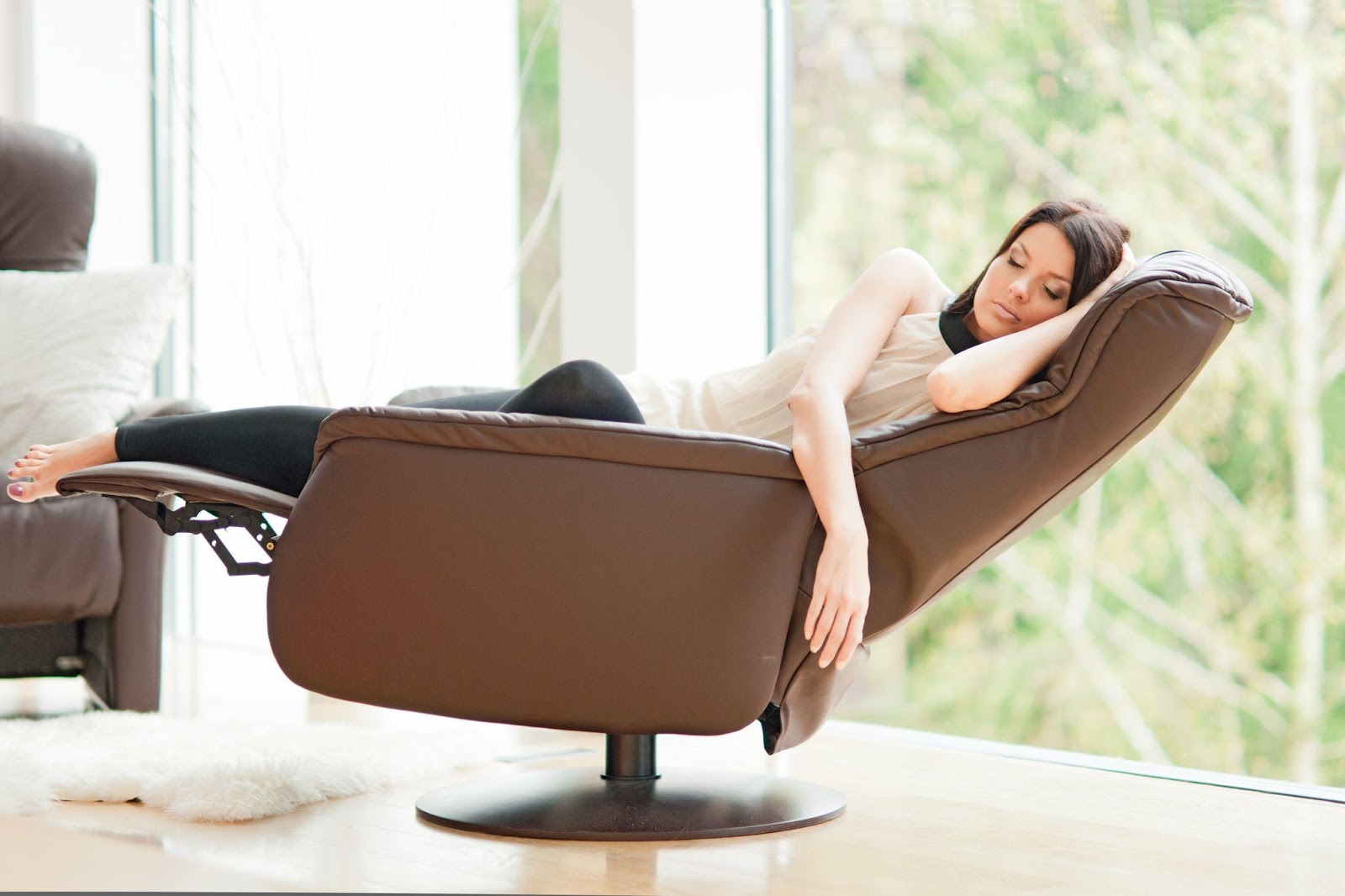
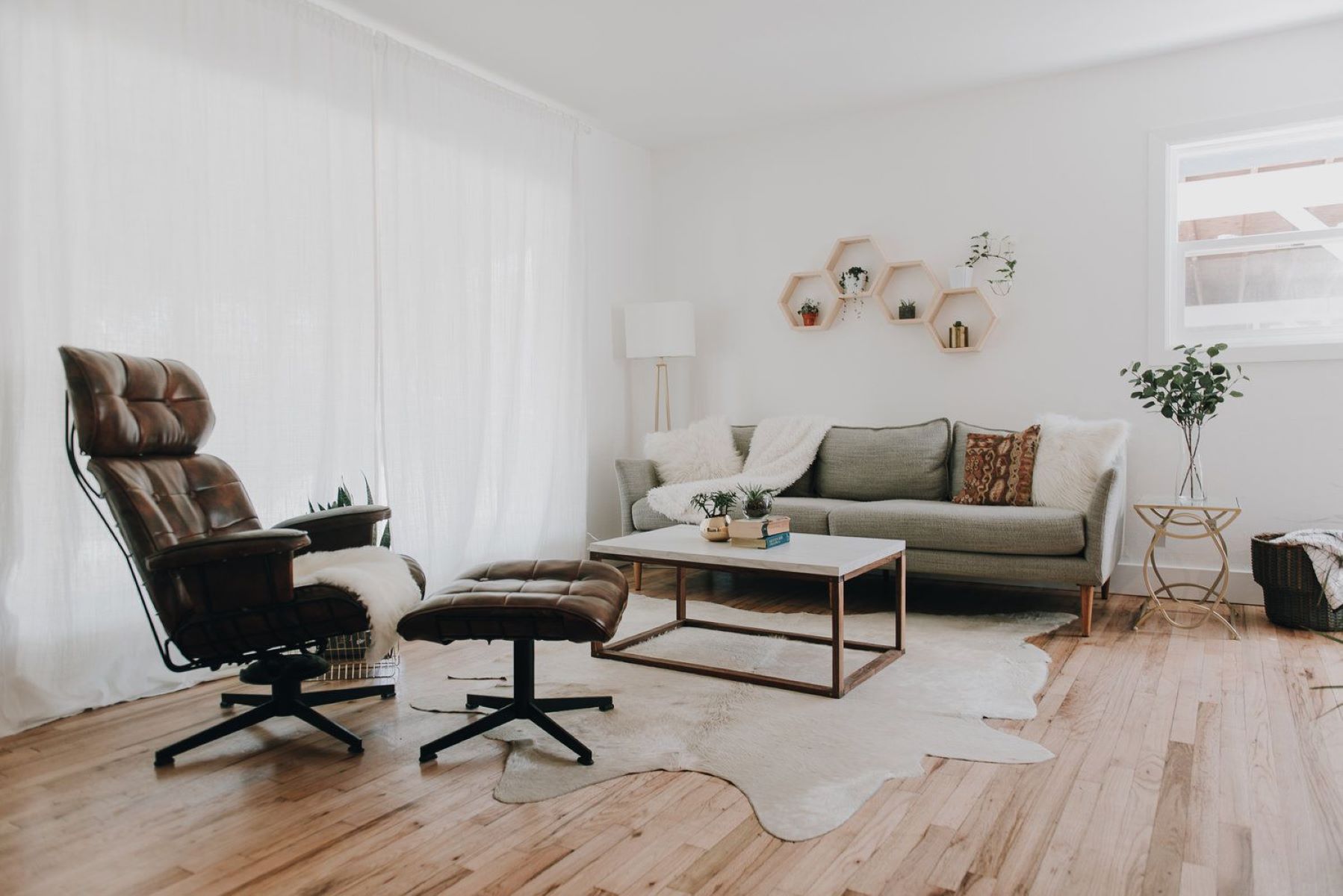
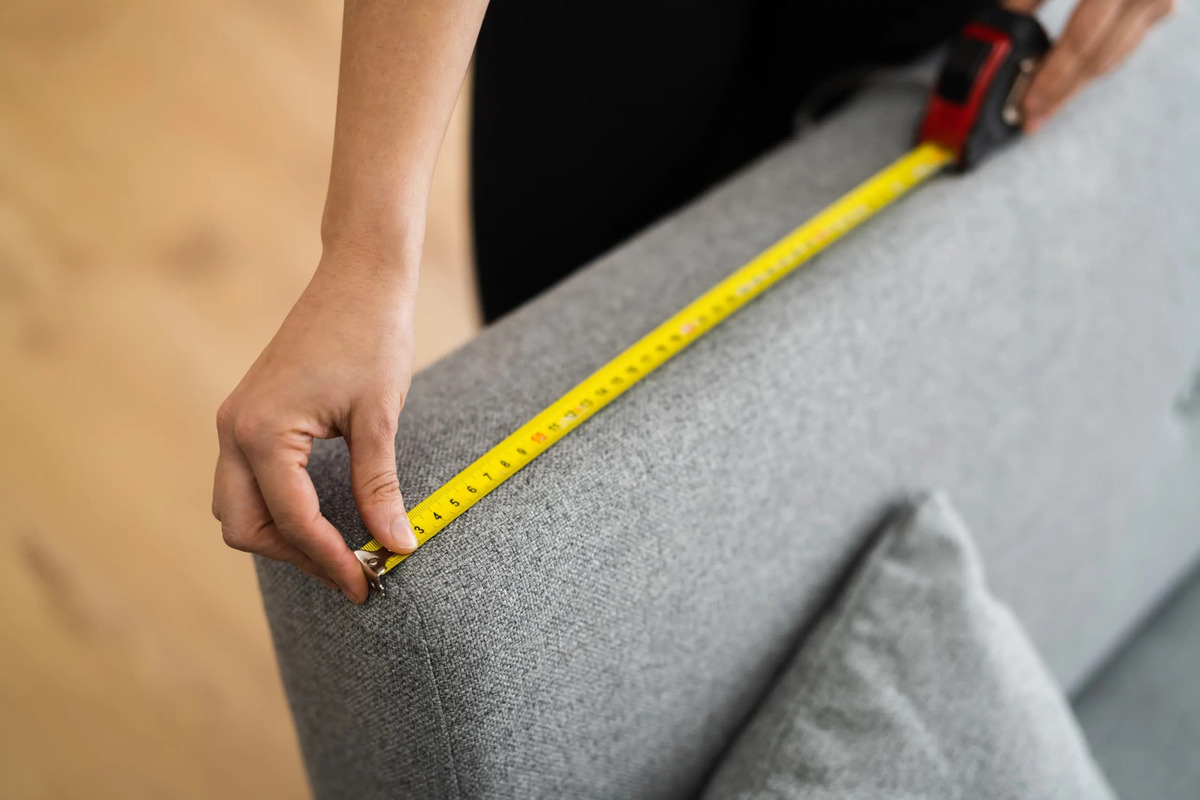
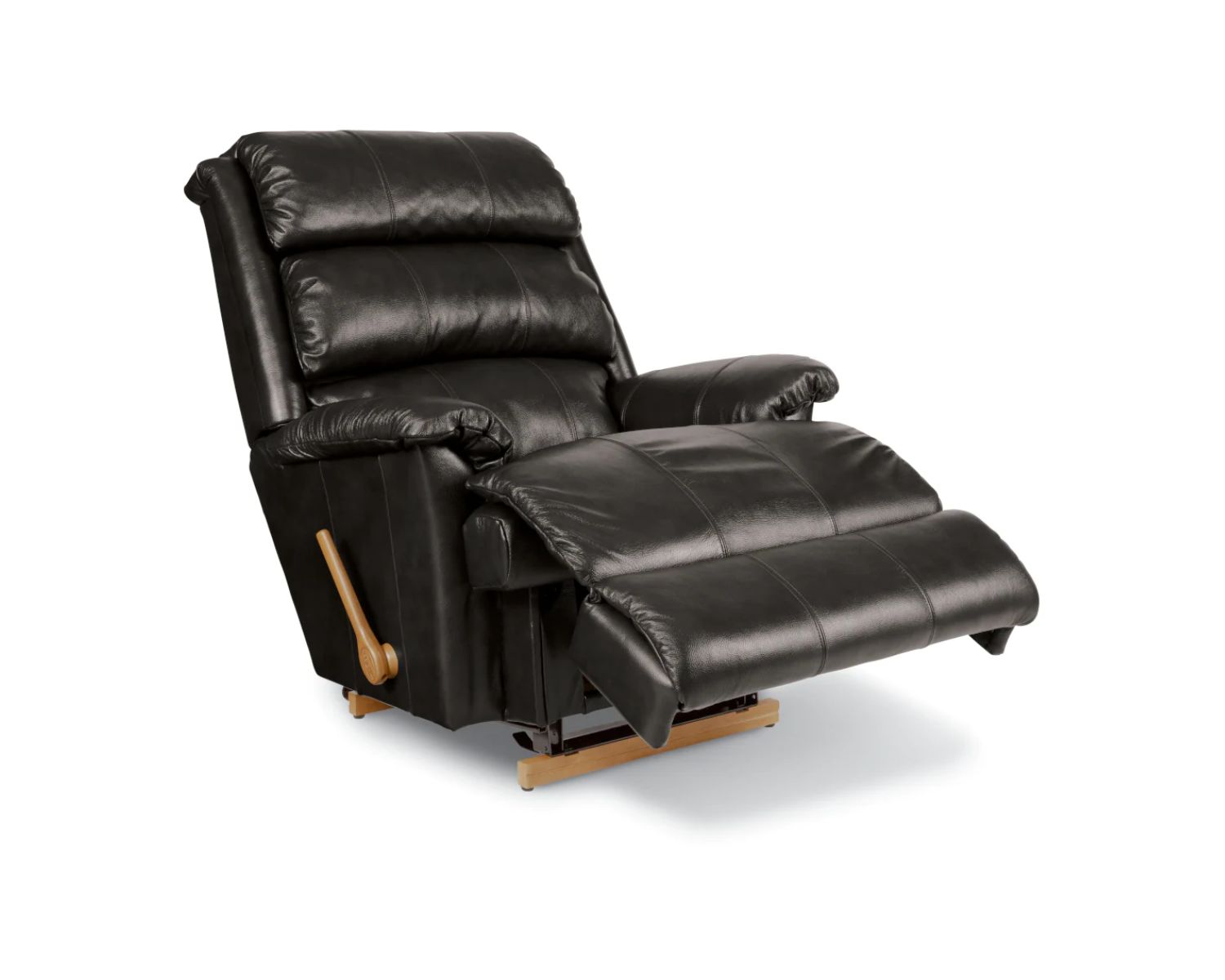
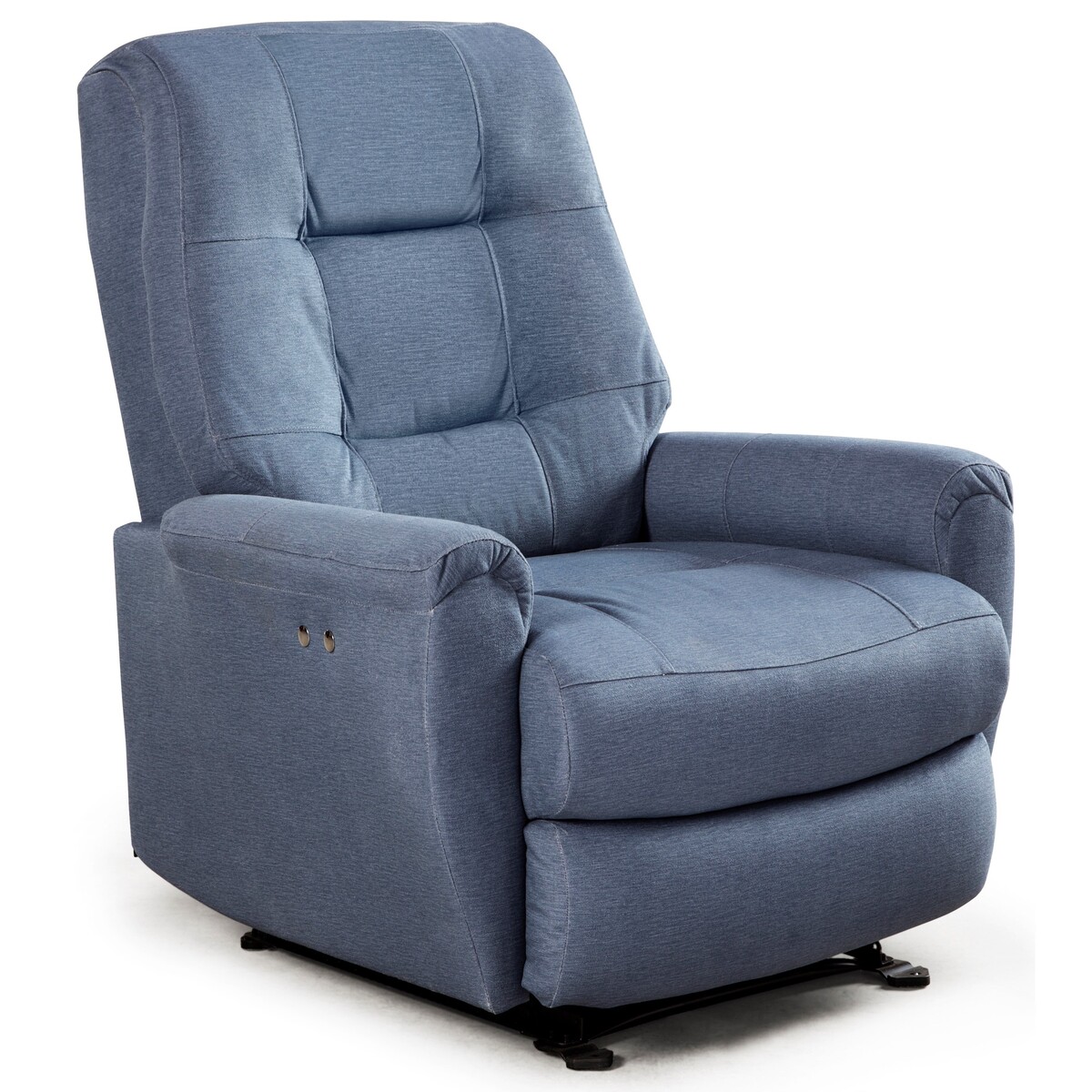
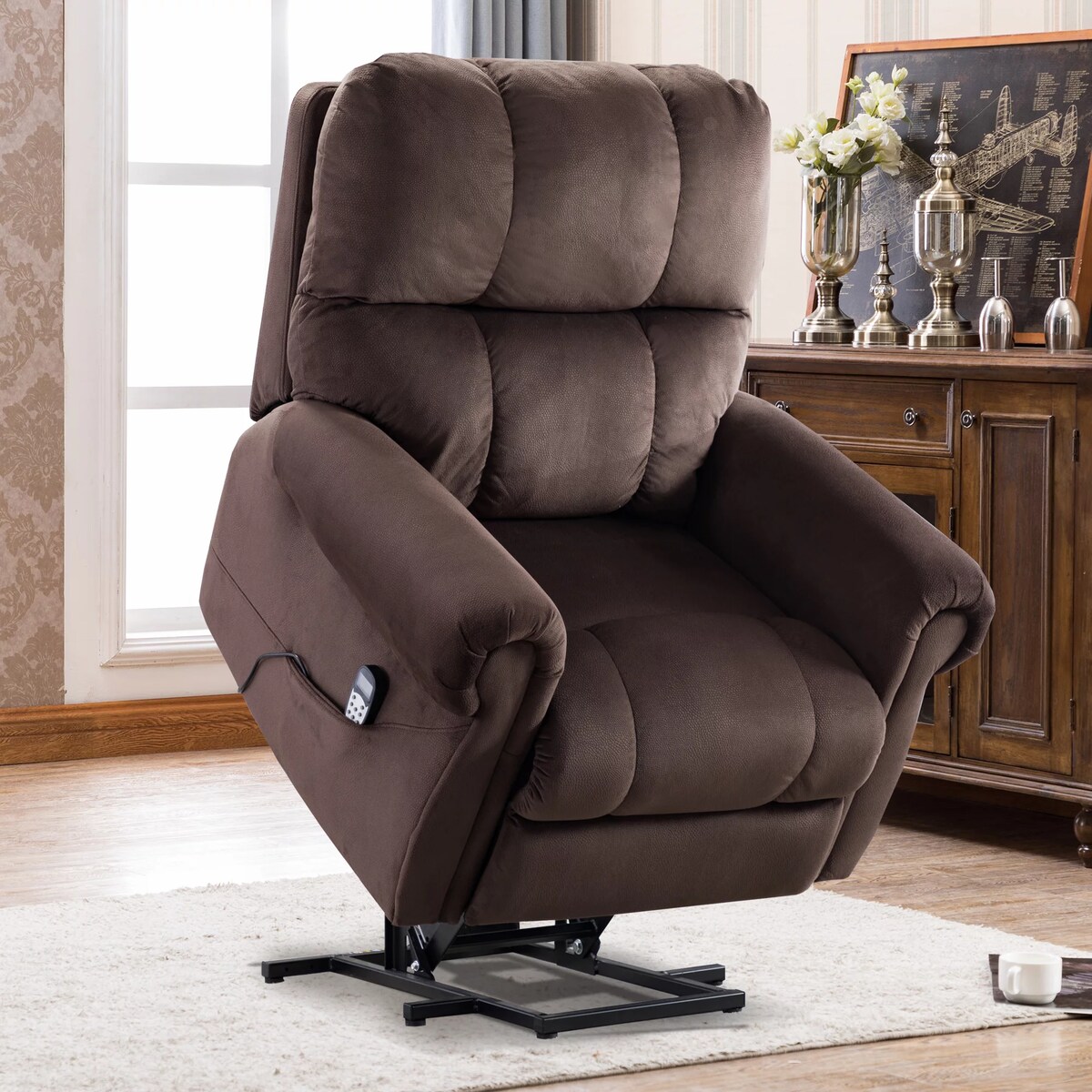

0 thoughts on “How A Recliner Works”